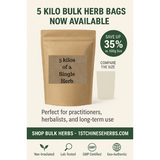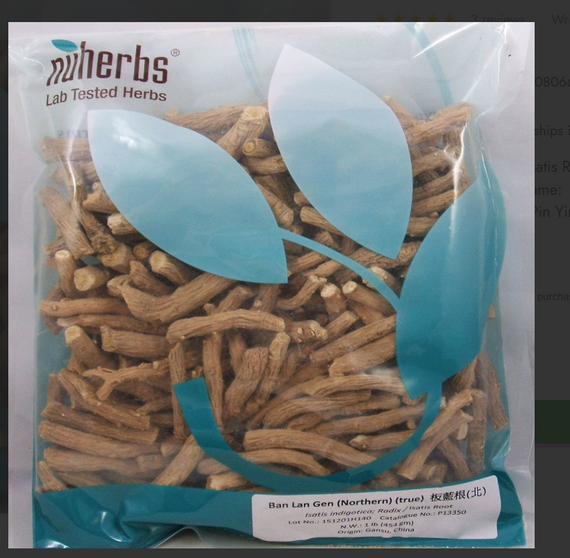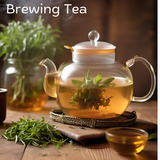Fatigue & Energy
-
Randomized, placebo-controlled trial (healthy adults): 3 weeks of Korean Red Ginseng (KRG) extract reduced fatigue VAS vs placebo; no safety signal differences. PubMed
-
Middle-aged adults with moderate fatigue: KRG showed signals in fatigue-related measures but not a definitive anti-fatigue effect (balanced view). PubMed
-
Rheumatic disease–related fatigue: No superiority over placebo at 24 weeks (useful for nuance/DSHEA safety). PubMed
-
Deficiency-pattern adults: RCT reported antifatigue effect without significant adverse effects. PubMed
Cognition / Mood under Stress
-
RCT in adults with mild cognitive impairment: Panax ginseng improved cognitive measures vs placebo over 6 months. (Open-access full text available.) PMC
-
RCT (moderately stressed adults): Red Panax ginseng improved emotional and cognitive outcomes. PubMed
-
Systematic review & meta-analysis: overall cognition mixed; memory domain shows positive signals (sets expectations responsibly). PubMed
Vascular / Endothelial Function
-
Hypertensive patients (clinical study): Korean Red Ginseng improved endothelial dysfunction, likely via nitric-oxide pathways. PubMed
-
Healthy volunteers RCT: KRG and components modulated endothelial function (clinical). PubMed
-
Mechanistic support: Rg3-enriched KRG activated eNOS and influenced adhesion molecules (cell/experimental). PMC
-
Mechanistic support: KRG extract inhibited arginase, increased NO, reduced ROS (vascular biology). PubMed
Immune Modulation
-
Healthy adults RCT (n=100): Increases in T cells, B cells, WBCs and fewer colds vs placebo after 8 weeks of KRG. (Open-access.) PMC
-
Clinical study (2024): Improved immune-related health scores and IgA; no adverse health effects noted. PubMed
-
During adjuvant chemotherapy: Higher CD4+ T-cell levels with daily KRG vs control. PubMed
Safety / Tolerability
-
RCT in deficiency-pattern adults: Antifatigue with no significant adverse effects reported. PubMed
-
Recent RCT (healthy adults): No differences vs placebo in adverse events, labs, or urinalysis. PubMed

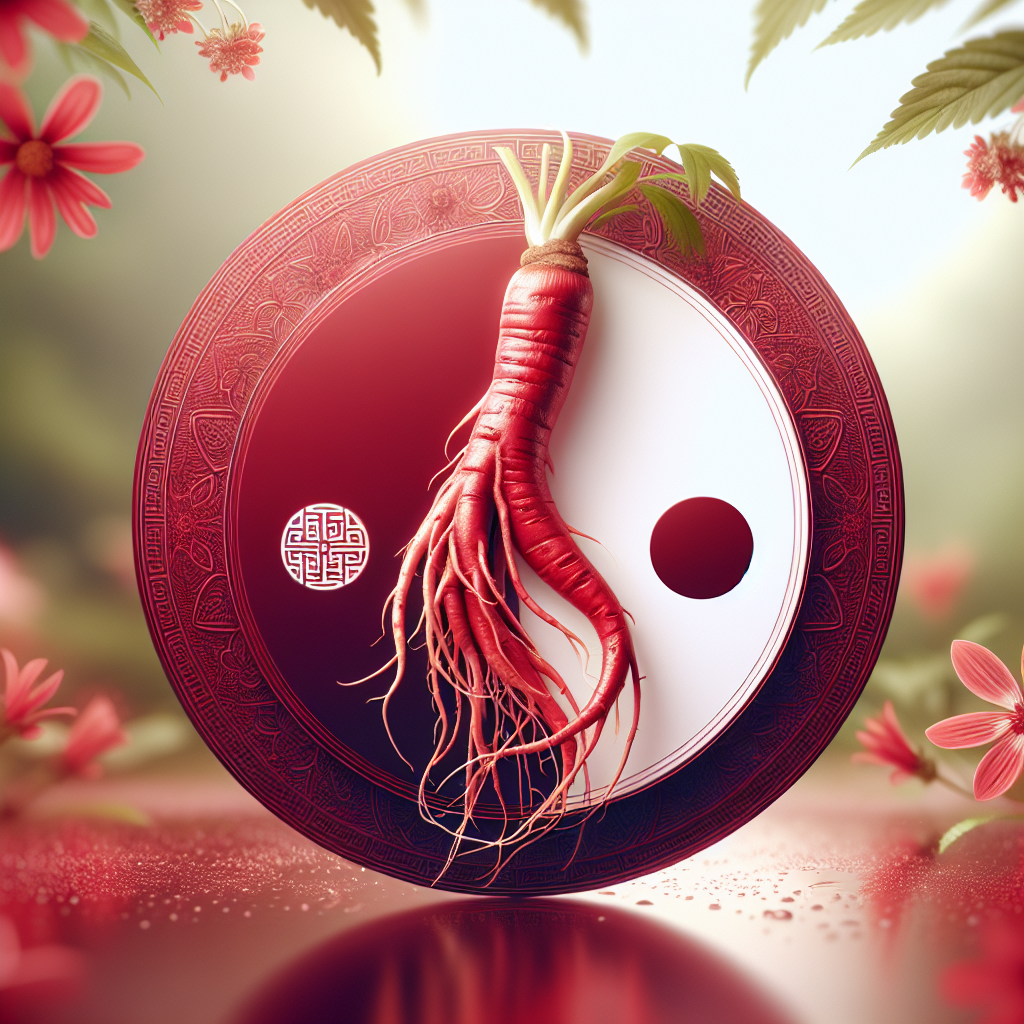 Why Red Ginseng Works
Why Red Ginseng Works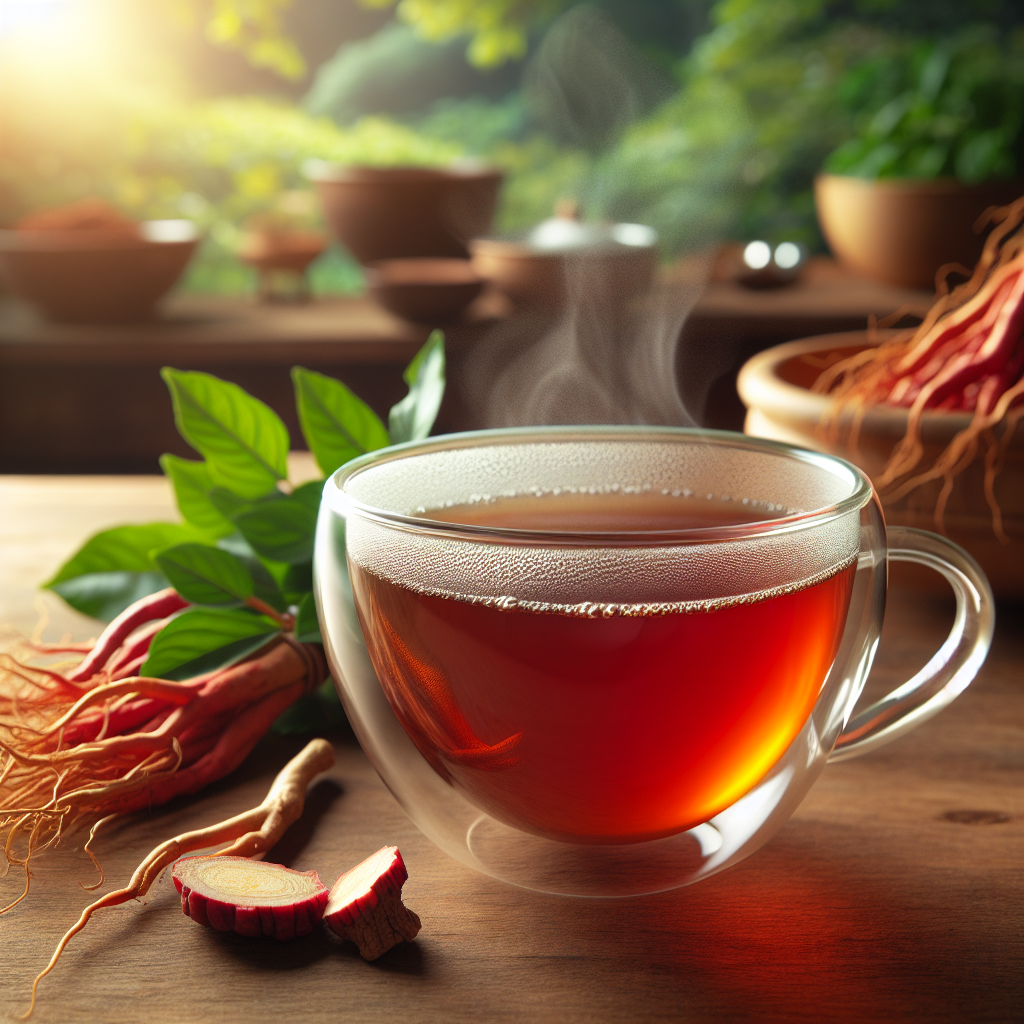 Sample Recipe, Yet Great Tasting — Red Ginseng Vitality Tea
Sample Recipe, Yet Great Tasting — Red Ginseng Vitality Tea Folklore & History
Folklore & History
